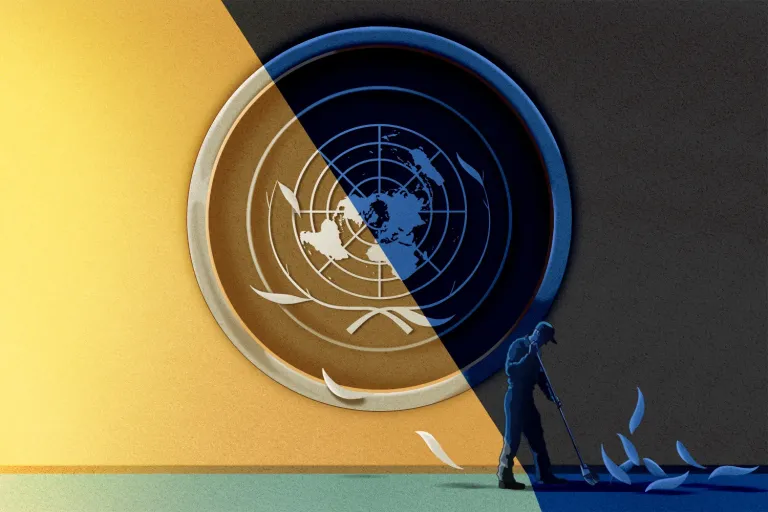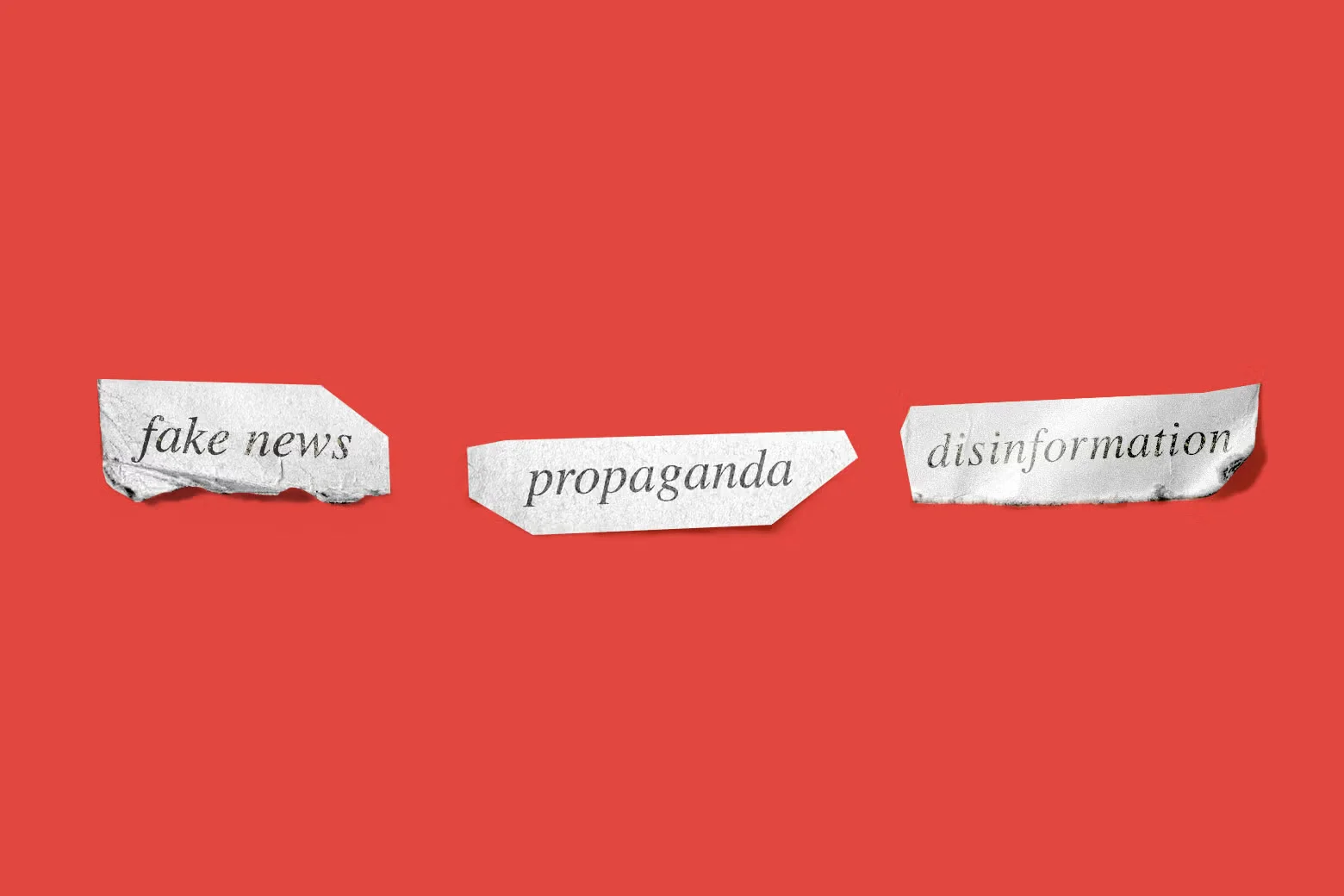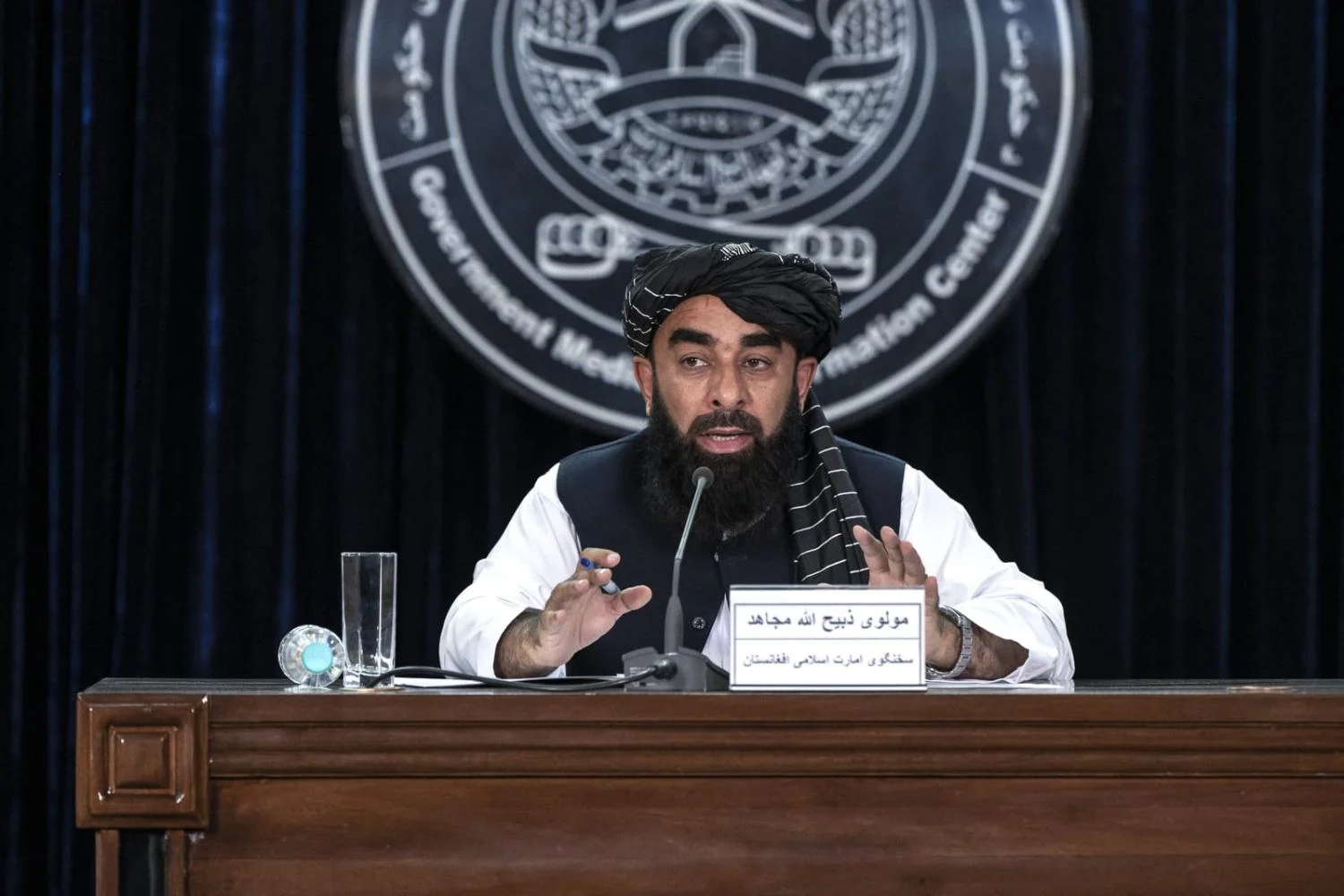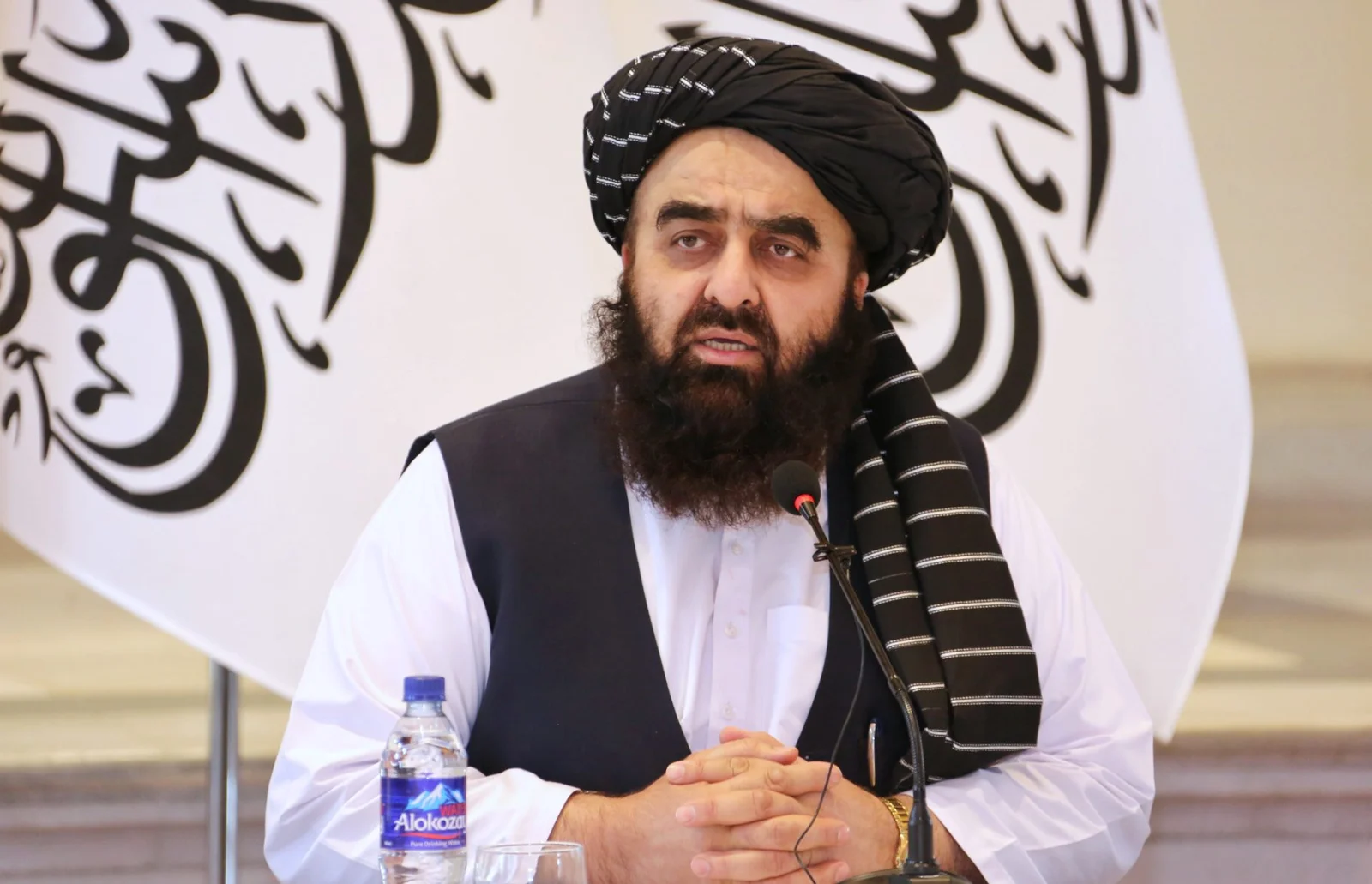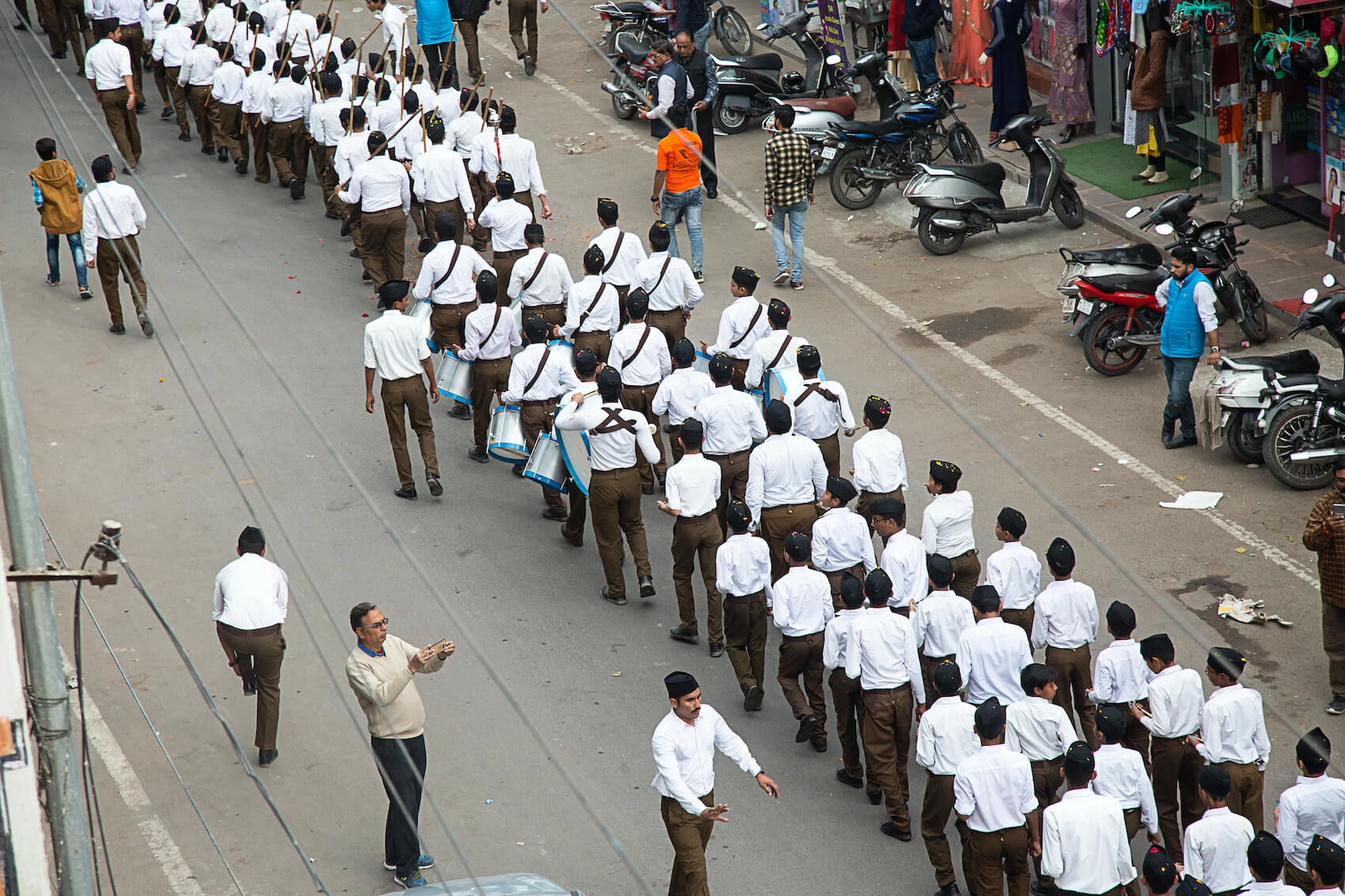In the modern information age, wars are not fought only with weapons but also with words, images, and narratives. Across South Asia, the media has become a critical instrument of national power, effectively the fifth pillar of security alongside the military, legislature, judiciary, and executive. Media influence over the opinion of the populace and world perception is now the centre of securing national security in Pakistan where regional crises are a regular occurrence.
Responsible Coverage Amid Crises
The recent developments, such as the conflict along the Pakistan-Afghanistan International Border or the May 2025 Pahalgam incident in Indian Illegally Occupied Jammu and Kashmir (IIOJK), have enabled the capacity of Pakistan to navigate the flow of information in times of crisis. Contrary to the Indian and Taliban regime media, the Pakistani media has displayed more restraint and responsibility. Anchors, editors, and reporters have avoided sensationalism, focusing instead on facts, diplomacy, and evidence.
This shift reflects Robert Entman’s Framing Theory whereby the media does not merely report events but actively constructs meaning by choosing which facts to highlight and how to label them, “aggression” versus “defense,” “victim” versus “perpetrator.” Pakistani outlets have consistently chosen frames of restraint, legality, and diplomacy, while Indian and Taliban regime outlets lean on frames of victimhood and blame.
The Pahalgam Incident and Contrasting Narratives
On 22nd April 2025, the false flag Pahalgam incident allegedly claimed the lives of 26 Indian tourists. Without presenting evidence, India and its media immediately accused Pakistan within a matter of minutes, launching Operation Sindoor against alleged militant bases in Azad Kashmir. Indian channels ran nonstop coverage branding Pakistan as a state sponsor of terrorism.
Pakistani media took a different route. Headlines emphasized caution, “Pakistan Urges Evidence on Pahalgam Incident”, and urged an impartial investigation. By refusing to indulge in revenge rhetoric, editors set the agenda around evidence, inquiry, and diplomacy. This is Agenda Setting in practice, where, by repeatedly highlighting restraint and verification, Pakistani outlets made calm, fact based analysis the public priority, not escalation.
Border Clashes and the Taliban Regime
In Oct 2025, the situation worsened on the Pakistan-Afghanistan International Border with armed terrorist groups and Taliban regime forces, tallying unprecedented attacks on Pakistani posts. Pakistan in turn retaliated through calculated attack and defense, and domestic media was very clear in demonstrating it as self defense. The Taliban regime on the other hand denied the incursion claiming that it had been Pakistan which was being aggressive. It was rapidly multiplied by the Indian media which presented Pakistan as disrupting the region.
Here too, Framing Theory explains the divergence as while Pakistan’s media framed events around counterterrorism and territorial defense, the Taliban regime and Indian outlets framed Pakistan as the aggressor. These competing frames shaped entirely different public understandings of the same events.
Media Discipline as National Security
The measured reporting by Pakistani outlets is not accidental, it reflects a greater strategy. The Inter Services Public Relations (ISPR) has made sure that it does timely brief to avoid speculation and disinformation. Talk shows have focused on analysis and context rather than emotional outrage and strengthened resilience.
This deliberate discipline is also agenda setting by design, where, by keeping peace, unity, and evidence at the center of coverage, Pakistani media has limited space for panic and sensationalism. As former DG ISPR Lt Gen Asif Ghafoor noted, “The role of media in a country’s defence against hybrid threats is vital. Pakistan’s journalists must focus on facts, verification and national interest rather than sensationalism.”
Indian Subversion and Propaganda
India has long exploited Afghan soil to advance its subversive designs against Pakistan. Through covert support for designated terrorist groups like Fitnah-al-Khawarij (FAK) andFitnah-al-Hindustan (FAH), Indian backed networks amplify false narratives, fuel violence, and destabilize Pakistan’s western regions. Indian media, aligned with this strategy, consistently frames Pakistan as a perpetual aggressor while omitting India’s own provocations.
This is a textbook case of framing for political ends where certain facts are selected and others are omitted to construct a narrative of victimhood that justifies military and diplomatic hard lines against Pakistan.
Pakistan’s Peacebuilding Efforts
Amid these challenges, Pakistan continues to pursue regional economic cooperation and peacebuilding. From advocating cross border trade and energy projects to supporting dialogue on Afghanistan, Pakistan has consistently promoted stability. This is reflected in its media coverage that establishes agendas of peace, diplomacy and evidence based inquiry as opposed to militaristic escalation.
This type of agenda setting not only forms domestic confidence, but also makes the international community believe that Pakistan is more concerned with dialogue and development rather than confrontation.
The Information Battlefield
The rise of social media has complicated this struggle. Misinformation, fabricated videos, manipulated images, and staged reports, spreads rapidly, often pushed by hostile networks. In this environment, truth itself becomes militarized.
Framing and agenda setting theories again help explain the stakes as hostile outlets frame Pakistan as an aggressor, while repetition of such claims sets the public agenda abroad. Pakistan’s defense lies in maintaining credibility through responsible journalism that counters disinformation with facts.
Conclusion
In South Asia’s volatile landscape, media is as decisive as military strength. Pakistan’s disciplined and factual reporting during the false flag Pahalgam incident and border clashes illustrates how responsible framing and agenda setting can safeguard national interests. While the Taliban regime and Indian media exploit propaganda, Pakistan’s commitment to selfdefense, diplomacy, and peace remains evident.
In the information age, the pen, the camera, and the tweet are as powerful as missiles and guns. For Pakistan, ensuring that these tools are framed around truth, evidence, and stability is not only journalism, it is national security itself.
The views expressed in this article are the author’s own. They do not necessarily reflect the editorial policy of the South Asia Times.



